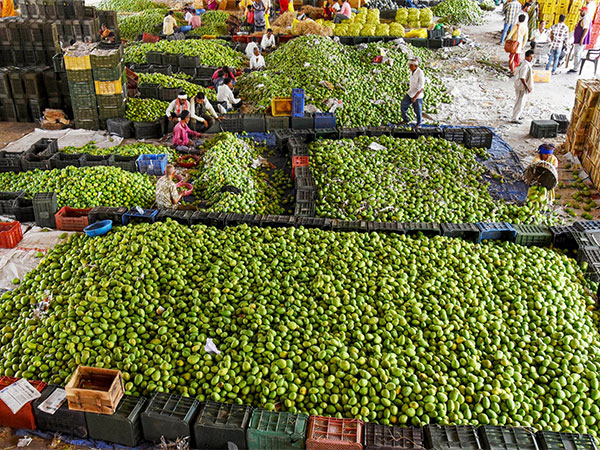Wholesale food prices in India have surged in May, with the Wholesale Price Index for food rising from 5.52 per cent in April to 7.40 per cent in May. This increase was primarily due to spikes in cereals, paddy, pulses, vegetables, potato, onion, and fruits. The overall wholesale inflation in India also rose to 2.61 per cent in May, compared to 1.26 per cent in April. This marks the seventh month of positive wholesale inflation after seven months in the negative zone. Economists suggest that a slight rise in wholesale inflation can incentivize goods manufacturers to produce more.
In terms of future outlook, inflation in food articles is expected to rationalize by September/October as kharif crops enter the mandis and supplement the existing supply. The strengthening of supply chains and expectations of an above normal southwest monsoon are contributing to this positive outlook. The government releases index numbers of wholesale prices on a monthly basis, compiling data from institutional sources and manufacturing units across the country. In comparison, India’s retail inflation rate softened slightly in May, remaining a pain point for policymakers, with annual retail inflation at a 12-month low of 4.75 per cent.
The RBI has raised the repo rate by 250 basis points cumulatively to 6.5 per cent since May 2022 to combat inflation. This monetary policy instrument helps suppress demand in the economy and assists in lowering inflation rates. However, food price uncertainties continue to weigh on the inflation outlook in India, posing challenges for reaching the 4 per cent target. The retail inflation in India, although within the RBI’s 2-6 per cent comfort level, remains above the ideal 4 per cent scenario, with food inflation being a major concern. Overall, the high rate of wholesale inflation in May was driven by an increase in prices of food articles and minerals, as well as manufacture of food products, crude petroleum, natural gas, mineral oils, and other manufacturing goods.











